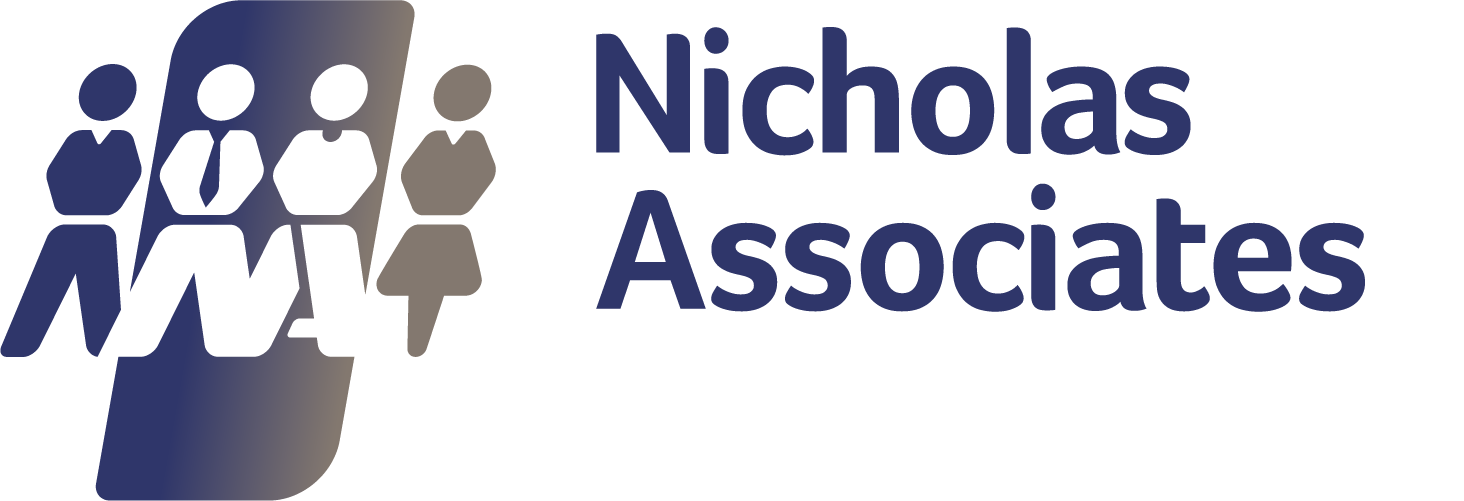Flow – How Does It Work in Practice? - Guest Article by Andy Davies
Flow – How Does It Work in Practice?
Have you ever felt so engaged in your work that you lost track of time, totally oblivious to outside distractions? This state of hyper-engagement is known as flow, and helping employees achieve this will be key to success in the future of work.
Why? Because people are happier, more creative and more productive when in a state of flow. You could even say that flow is the key to employee engagement.
Understanding the theory of flow is simple enough, but applying it to everyday business is something different altogether.
In this blog we’ll look at how the science of flow can be applied in a practical way, demonstrating how technology can act as the catalyst for improved employee engagement and better people management.
How do we get people in the flow?
The concept of flow was conceived by Hungarian psychologist Mihaly Csikszentmihalyi, who found that flow is achieved only when the degree of challenge is comparative to our level of skill. If the challenge is too great or our skill insufficient, we fall out of flow and into anxiety and stress. Likewise, if the work is too easy or we are over skilled, we become bored.
While it is possible for anyone to lose themselves in their work, we all experience flow differently. Some jobs or tasks lend themselves to flow more than others – those in customer-facing or performance-based roles are likely to spend more time in flow than those working a desk job.
That said, there are some key ingredients that help people achieve a state of flow. Employees need to be engaged in work that matches their abilities, they have a sense of purpose, work in an environment where they feel comfortable, supported and empowered. It is the responsibility of organisations to ensure that these conditions are in place.
In order to do that, you need real-time information about how your employees are feeling – and this is where technology can help.
Flow through technology
At people first, we’ve built our software around the science of flow, with functionality designed not only to help people achieve a state of flow as often as possible but also the ability to record, monitor and contextualise employee engagement.

With access to a chatbot via their smartphones, employees can capture their current mood, providing managers and with critical up-to-date information about their level of engagement. Managers can then see each member of their team plotted against a graphical flow chart, giving them real-time insights into the morale of their team.
To help employees stay in a state of flow as long as possible, bot technology temporarily blocks non-urgent emails, giving your staff the headspace they need to really lose themselves in their work.
If an employee falls out of flow, their manager will know about it straight away. This represents a huge departure from a time when managers had little idea about employee disengagement until it was too late.
The instant nature of this process allows managers and employees to resolve any issues they may be having as quickly as possible – something that is critical to maintaining a state of flow. Knowing when an employee has become disengaged, stressed or bored gives both the employee and the manager an opportunity to quickly resolve the underlying issues.
Augmented check-ins
The best way to do this is through regular check-ins, where the employees’ happiness is discussed as well as their performance and future goals. Check-ins should be informal meetings, where employees feel able to discuss any issues openly and honestly, and they should yield actual results and outcomes.
Technology can even help managers through the check-in process, offering useful and relevant employee information, as well as prompts and suggested questions.
Benefits for organisations
Flow isn’t just about employee wellbeing, it also has clear and practical benefits for the organisation. Happy employees are more productive, more creative, and more likely to stick around for the long term.
What’s more, spending more time in the flow means individuals are likely to improve at what they do, creating an environment of positivity, continuous improvement and self-development.
Flow is the future
Flow is central to the future of work – a future where employee engagement and wellbeing is at the heart of business decisions, and where each individual has the chance to do work that is absorbing and enjoyable.
For us, the science of flow – and its practical application in the workplace – encapsulates our vision of the future of work, where technology enables us to be happier, more creative and more engaged, and where work is tailored to suit individuals, not the other way round.
The world of work is evolving, driven by changing attitudes and new technology. Flow is just one part of a greater shift towards a more people-centric, human approach to work – one that has huge benefits for employees and employers alike.

By Andy Davies
Head of Professional Services Enablement, People First
Connect with Andy on LinkedIn.




